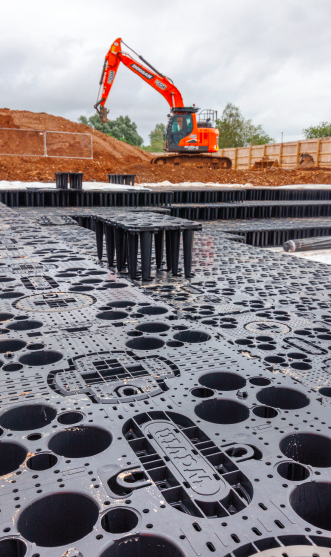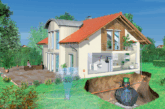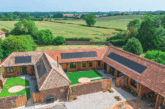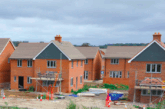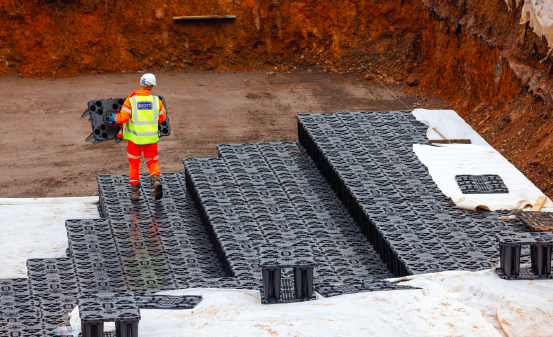
Here, Martin Lambley, Product Manager for Urban Climate Resilience at Wavin, explains why a smart hybrid approach is becoming essential for delivering resilient, liveable urban spaces.
Our urban landscapes are rapidly changing. As cities expand and pressure on land increases, hard surfaces like concrete and tarmac are the default. However, this grey-dominated infrastructure is struggling to keep up with the impacts of climate change and population growth – from flash flooding and water scarcity to rising urban temperatures and declining biodiversity.
The industry’s ‘grey to green’ approach aims to reimagine outdated urban infrastructure by bringing nature back into our cities. By introducing more green elements, this approach not only enhances visual appeal but also plays a crucial role in flood prevention and mitigation. However, specific, engineered grey infrastructure still has a role to play – particularly in retrofitting ageing systems to cope with increasing urbanisation and extreme weather.
Mounting pressures
Many towns and cities still rely on outdated grey infrastructure and ageing drainage systems. These systems are increasingly ill-equipped to manage extreme weather events, especially when we consider a lot of these still in use today were originally constructed in the Victorian or even Edwardian eras.
According to a report from the National Infrastructure CommissionÅ, 600,000 homes and businesses are at risk from future flooding if nothing is done to improve drainage over the next 30 years. But the challenges don’t stop at drainage. Heat is also becoming a major concern. The urban heat island (UHI) effect, where built-up areas trap and retain more heat, can cause local temperatures to spike. This isn’t just a concern for public health, it also accelerates wear and tear on buildings, roads, and key infrastructure, pushing up maintenance costs.
For developers and housebuilders, this presents a critical challenge on how we futureproof our built environments in a way that delivers both performance and longterm value. The answer lies in rethinking how we manage water, recognising it as a precious resource that should be managed and reused, rather than as waste that is lost to a sewage system.
Grey enabling green
Green infrastructure – from rain gardens to bioswales – are gaining traction as sustainable ways to manage water. These nature-based solutions not only absorb and filter rainwater but also help cool urban areas, improve air quality, and support biodiversity. By mimicking the natural process, they soften the harshness of the built environment and reconnect communities with green space – bringing both environmental and social value to urban developments.
But on their own, green solutions may not be enough to handle the large volumes of rainwater or address legacy drainage issues. That’s where engineered grey infrastructure, such as sustainable drainage systems (SuDS), come in. Systems like attenuation tanks, smart roofs, and tree tanks help regulate water flow, store excess surface water, and support rainwater reuse – making it easier to meet drainage requirements and reduce strain on existing sewers.
For more information about SuDS, visit www.rdr.link/dbc032
A smarter way to build
It’s no longer a case of choosing between grey or green infrastructure – the real opportunity lies in combining the strengths of both. A hybrid approach offers a smarter, more resilient way to manage water in urban developments by slowing and storing rainwater to mitigate flood risk, while also giving nature-based solutions the time and space they need to function effectively.
For developers, this dual approach can help meet increasingly stringent planning and environmental regulations, reduce long-term maintenance risks and costs, and enhance the sustainability and appeal of new projects. It also strengthens the long-term resilience of communities by embedding climate-conscious thinking into developments from the outset.
At Wavin, we take a holistic approach to water management – following the journey of every drop, from rooftops to under the pipes. Our solutions are designed to capture, control, and reuse water at every point in that journey, whether through rooftop rainwater harvesting, or below-ground attenuation. Products like our Aquacell NG attenuation tanks are already enabling developers to integrate efficient, low-disruption drainage into both new builds and retrofit projects – helping create urban environments that are not just fit for today, but future-ready.
Å National Infrastructure Commision: Reducing the risk of surface water flooding at www.rdr.link/dbc031

